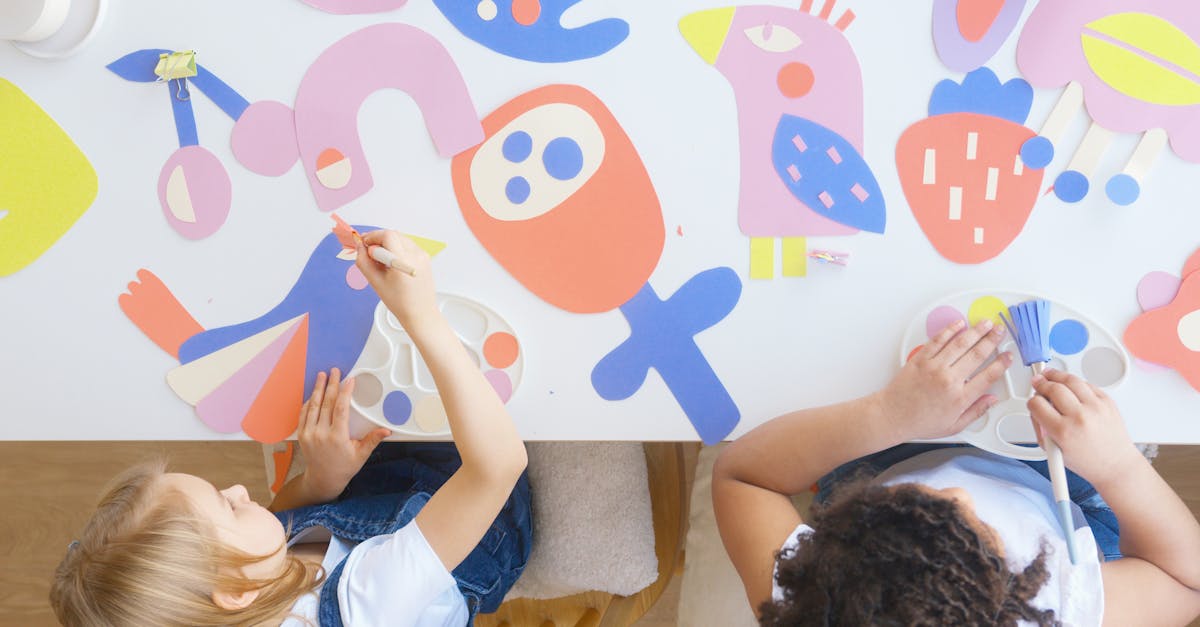Why Forgiveness is Crucial for Young Minds
Forgiveness is like magic for preschoolers. It helps them let go of anger and start fresh. Kids who learn to forgive develop empathy and better social skills. When children from varied backgrounds come together, teaching forgiveness becomes even more important.
They learn to understand differences in perspectives and emotions, creating a supportive environment where they can thrive.
The Power of Forgiveness
Picture this: a group of preschoolers giggling, sharing toys, and moving past minor squabbles. That’s the power of forgiveness!
It’s not just about saying ‘sorry’; it’s a life skill that helps them understand others. The emotional maturity gained from this practice will aid them throughout their lives.

Easy Ways to Introduce Forgiveness at Home
Start small. When your preschooler has a tiff over toys, gently encourage them to apologize and forgive. Reading stories about forgiveness can be an excellent tool.
Books with captivating pictures often get the message across quietly. Simple phrases like “It’s OK to be upset, but let’s make up” help them process emotions.
Use funny scenarios, like when their favorite cartoon character forgives a friend, to show real-life parallels. It’s vital to reinforce these ideas consistently at home.
Try not to pronounce immediate judgment during conflicts; instead, guide them to talk it out.
Set examples by pointing out and celebrating their acts of forgiveness.

Embracing Differences: A Diverse Approach
In a world of diverse cultures, teaching understanding starts at home. Teach your preschooler to embrace differences by discussing traditions from around the world. Highlight how each culture values friendship and forgiveness in unique ways.
Share stories from different backgrounds that focus on resolving conflicts. The beauty of this variety helps them appreciate others’ feelings.
Encourage using phrases from multiple languages like ‘mi dispiace’ (I’m sorry) or ‘pardonne-moi’ (forgive me). Making forgiveness a multilingual experience emphasizes its universal importance.
This not only increases their awareness but also sparks their curiosity about the world.

Common Challenges and How to Overcome Them
Kids might not grasp forgiveness easily. They feel everything intensely. Forget about the time when your toddler wept for a day about a broken crayon!
Discussing difficult feelings helps children understand them better. If a preschooler holds onto a grudge, guide them to verbalize their thoughts by asking open-ended questions like, ‘What made you feel that way?’ This encourages emotional expression and steers them towards resolution. Acknowledge their feelings first before steering towards forgiveness.
Solutions can take time, but your patience will set them on the right path. Handling emotional conflicts can be a real roller-coaster ride, but hang on tight!

Engaging Activities to Encourage Forgiveness
Art has a delightful way of softening difficult emotions. Get creative with forgiveness-themed activities. Here are some ideas to consider:
- Forgiveness Tree: Create a ‘forgiveness tree’ where kids hang leaves labeled with forgiving moments. It’s a great way to visualize the impact of letting go.
- Puppet Crafting: Craft puppets to work through scenarios of conflict and resolution. It’s a fun exercise!
- Role-Playing: Have them role-play difficult situations and work towards a positive outcome.
Consider incorporating storytime to discuss themes of forgiveness. You might recount tales of characters who felt like heroes during their moments of mischief before dawn! From resolving pretend play squabbles to larger real-world issues, guide them gently. Let their problem-solving skills shine with reminders of why moving past anger is healthy.

Encouraging these activities can help children learn the valuable lesson of forgiveness in a fun and engaging way.
Open the Floor: Let’s Talk About It
Talking about feelings isn’t just for grown-ups. It’s essential to create a safe space for children to express their emotions.
Ideas for Encouraging Open Dialogue
- Create a Safe Space Corner: Dedicate a part of your home where children can feel comfortable sharing their feelings.
- Forgiveness Box: Set up a ‘Forgiveness Box’ where kids can leave messages expressing their intentions of forgiveness.
- Encourage Brave Sharing: Motivate them to speak their thoughts openly.
- Family Discussions: Initiate conversations about places they’ve observed forgiveness in action. This could be at the park or while watching a family movie.
- Share Your Experiences: Sharing your own mistakes can help them relate – ask them, ‘Remember when I made a mistake?’
Letting your guard down will help them open up. An unsettling day might be the best opportunity for a heartfelt conversation.

